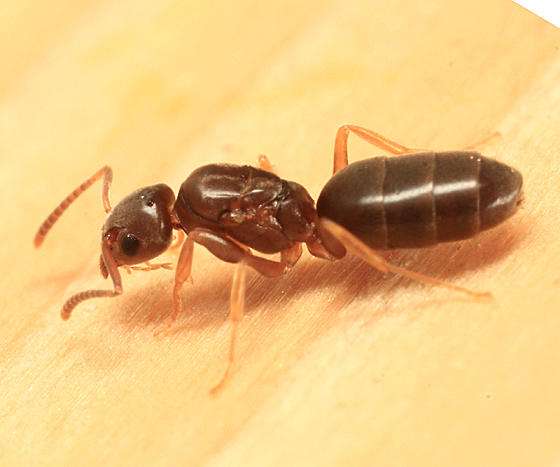
Even though they are only found in the northern regions, Polyrhachis dives is a widespread species of ant native to southern Asia and Australia.
Workers range in size from 5 to 9 mm, while queens are about 10-15 mm. The species only produces one cast and neither majors nor troops. The fact that the queens are semi-claustral indicates that they need to be fed while establishing and go hunting for food. Although colonies exhibit polygynous behavior, they don’t become very large. The majority of captive colonies have between 2000 and 3000 workers.
Identification
P. dives is morphologically consistent across much of its extensive territory, with few, negligible changes between individuals, even those from remote locales. Southeast Asian specimens, on the other hand, typically have eyes that hardly ever extend beyond the lateral cephalic boundary and a more deeply notched anterior clypeal edge. Additionally, the majority have longer petiolar spines that are somewhat curled downward from their mid length, as well as more clearly curved outward propodeal spine points. In contrast, in specimens from Australia and New Guinea, the anterior clypeal boundary is only marginally emarginated, and the eyes are larger than the lateral cephalic outline. The petiolar spines are a little bit shorter and less curved than the strongly curved propodeal spines.

Care
If they are properly set up, taking care of Polyrhachis dives can be simple. Give them the room and necessities they require, and you’ll have a flourishing colony on your hands.
A unique ant nest is required for housing Polyrhachis dives. They only thrive in natural nest settings and cannot be housed in typical ant hives. Currently, Esthetic Ants does not offer a nest for this kind of species. To find the ideal arrangement for these ants, please conduct an online search.
Food
Polyrhachis divers do not have particular food preferences. Fruit sugars, sugar water, and ant jellies are all favorites of theirs. They thrive on fruit flies, mealworms, crickets, and other tiny insects as a source of protein.
Humidity
A pretty high humidity is required for Polyrhachis diving. It is more than enough to partially hydrate the nest.
Temperature
Heat must be added to the Polyrhachis dives’ temperature. The ants will have a great gradient to work with if you warm up a portion of the nest. Goal is 25 degrees.
Polyrhachis dives do not go into hibernation.
Sting/bite
None of these ants sting or bite.
Table





